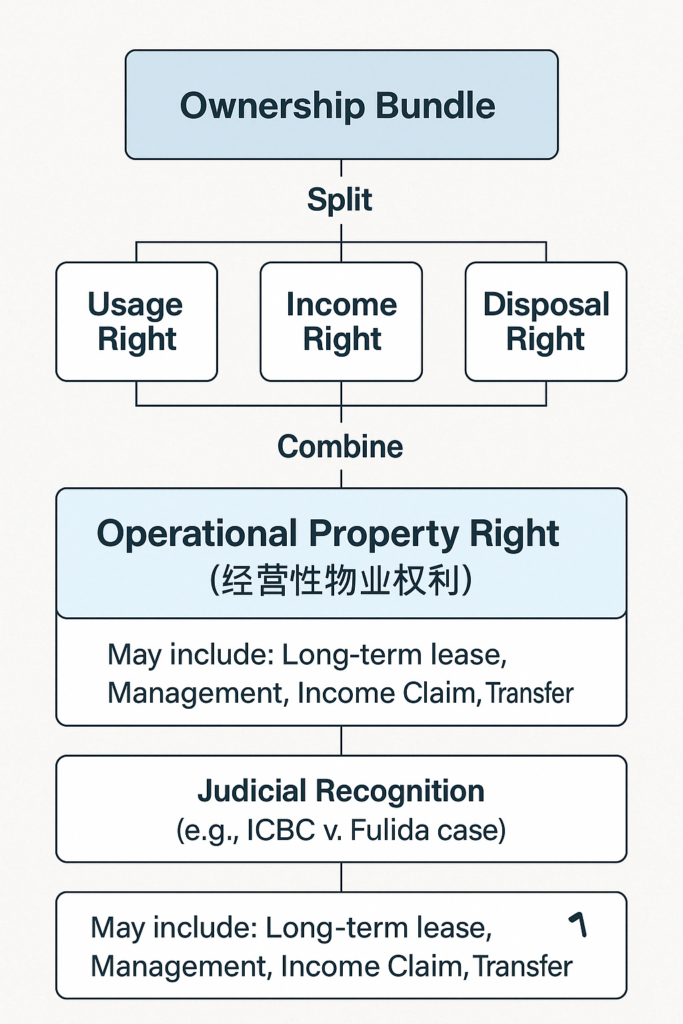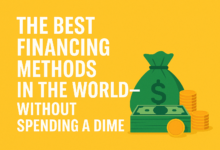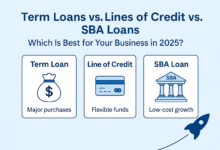Executive Summary
For financial institutions targeting North American SMEs, bulk lending strategies must adapt to four dominant cluster models: commercial hubs, industrial parks, supply chain networks, and digital ecosystems. This guide reveals how lenders can leverage government partnerships, fintech integrations, and risk-mitigation frameworks to scale operations profitably.
Part 1: The Four SME Cluster Models Driving Bulk Lending
1. Commercial Clusters (Urban Business Hubs)
- Examples: Downtown retail corridors, co-working spaces, franchise networks.
- Opportunity: Standardized loans for businesses with high foot traffic and predictable cash flows (e.g., restaurants, retail stores).
2. Industrial & Tech Park Clusters
- Examples: Silicon Valley tech campuses, Texas energy corridors, Midwest manufacturing zones.
- Key Strategy: Partner with local governments to offer tax-incentivized loans or equipment financing.
3. Supply Chain Clusters
- Examples: Automotive suppliers, agriculture cooperatives, pharmaceutical distributors.
- Win-Win Model: Use anchor guarantees (e.g., Ford, Walmart) to fund SMEs in their supply chains.
4. Digital/E-Commerce Clusters
- Examples: Amazon FBA sellers, Shopify merchants, freelance platforms.
- Innovation Required: AI-driven cash flow lending using real-time sales data from Stripe/QuickBooks.
Part 2: Seven Bulk Development Pathways for Loan Officers
| Channel | Tactics | High-Value Keywords |
|---|---|---|
| Government Partnerships | Collaborate with SBA, state agencies, and PPP programs for pre-vetted SMEs. | SBA loans, government-backed SME credit |
| Core Commercial Anchors | Partner with Walmart, Costco, or regional distributors for vendor financing. | Supply chain finance, PO financing |
| Industrial Parks | Offer “Park-Guaranteed Loans” with streamlined approvals for tenants. | Industrial park lending, equipment loans |
| Trade Markets | Finance wholesale markets (e.g., LA Fashion District) via inventory loans. | Inventory financing, merchant cash advance |
| Supply Chain Finance | Deploy dynamic discounting for suppliers to large corporations. | Reverse factoring, working capital loans |
| Rural Clusters | Target agricultural co-ops with seasonal credit lines. | Agribusiness loans, rural SME financing |
| Regional Specialty Hubs | Customize loans for local dominance (e.g., Nashville healthcare, Detroit EVs). | Niche industry lending, sector-specific credit |
Part 3: Three Pillars of Risk-Optimized Bulk Marketing
1. Segmentation & Risk Pooling
- Data-Driven Approach: Use NAICS codes to identify high-growth sectors (e.g., clean energy, elder care).
- Mitigation Tactic: Apply “portfolio diversification” rules (e.g., max 20% exposure to one industry).
2. Hyper-Localized Product Design
- For Tech Parks: Offer “R&D Cash Advance Loans” with deferred payments.
- For E-Commerce: Launch “Amazon Seller Lines of Credit” tied to sales velocity.
3. Operational Efficiency
- AI Underwriting: Tools like Upstart or Fundbox to automate 80% of approvals.
- Regulatory Compliance: Embed Fair Lending AI to avoid redlining accusations.
Part 4: North America-Specific Recommendations
For Canada:
- Leverage BDC partnerships and export development loans for cross-border SMEs.
For the U.S.:
- Tap into “Opportunity Zones” for tax-advantaged lending in underserved areas.
For Mexico:
- Partner with NAFINSA to fund maquiladoras (manufacturing export SMEs).
Conclusion: The Future of Bulk SME Lending
By 2025, 70% of SME loans will originate from cluster-based strategies. Winners will master:
✅ Hybrid Models (e.g., govt-guaranteed + fintech underwriting)
✅ Embedded Finance (loans via QuickBooks, Shopify, or Salesforce)
✅ Sustainability-Linked Lending (discounts for ESG-compliant SMEs).
🥳 Love My Content?
Fuel more free guides with a beer! 🍺
(Every sip makes the keyboard dance!)
Secured via PayPal • No account needed

 SinoLoanHub: Expert Business Loan Solutions for North American Companies
SinoLoanHub: Expert Business Loan Solutions for North American Companies






